Karol was in Krakow that day. He lived there. As the warning came that stormtroopers were closing in on his street, the young actor fell to his knees in a room (or basement) of his uncle's house. He prayed fervently that he would not be found.
But, as guards crashed through the front door and began their search of the property, it seemed like his prayers could come to no avail.
They walked right past him. As Karol prayed in plain sight, the Nazis tore through every potential hidey-hole in the house, yet seemed not to see him at all. As soon as they left, he and his female cousin stared at each other in utter disbelief. But there was no time to waste.
She secreted him away to the Archbishop's Palace, where the waiting clerics were pleased to lend Karol a cassock and pretend that he was one of them. He couldn't make liars of them, especially since it seemed like some guardian angel had kept him safe from arrest.
Karol was ordained into the priesthood in Wawel Cathedral. He officiated over his first ever mass there. Twelve years later, he was back before that same altar being confirmed as Auxiliary Bishop of Krakow, serving under Archbishop Eugeniusz Baziak.
From then, Karol's progress appeared nothing short of astronomical. Within months, he was being ordained as Poland's youngest ever bishop, again in Wawel Cathedral.
Four years later, following the death of Archbishop Baziak, Karol became the main priest in Wawel Cathedral. He was made Vicar Capitular - a kind of temporary administrator, who keeps things ticking over until the new archbishop can be appointed.
There's a certain inevitability about the fact that the new Archbishop of Krakow turned out to be Karol himself. From there, it was just a short step towards becoming a cardinal, and finally the Pope. All but the latter occurred for him in Wawel Cathedral, so yes, his ties there were very personal indeed.


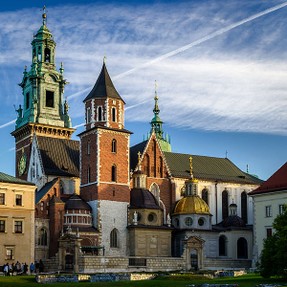 I'll be honest, I thought I was looking at the tomb of Pope John Paul II.
I'll be honest, I thought I was looking at the tomb of Pope John Paul II.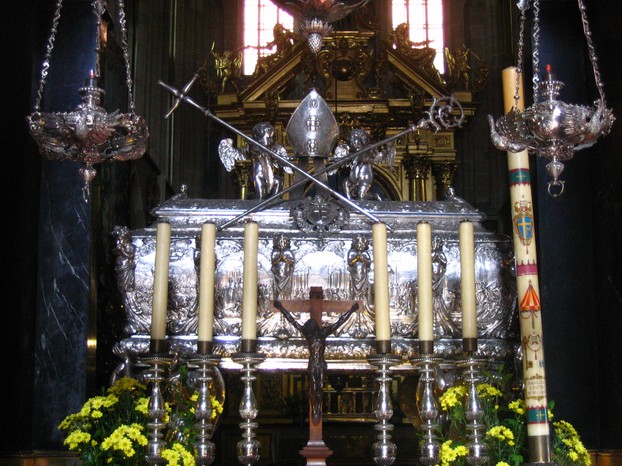
















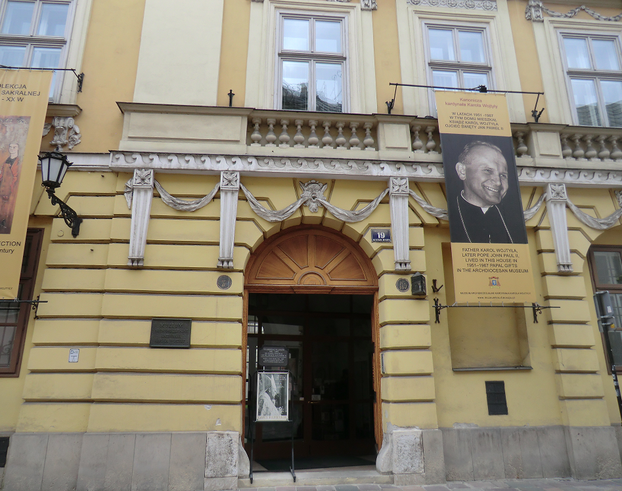







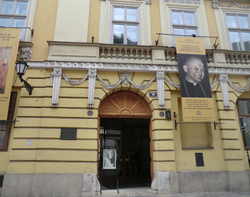

 St Tydecho's Churches in West Waleson 09/03/2014
St Tydecho's Churches in West Waleson 09/03/2014
 Goodies for an Outlander Premiere Partyon 03/06/2015
Goodies for an Outlander Premiere Partyon 03/06/2015
 Holocaust Memorial Day Interview with Rainer Höss, Grandson of Rudolf Architect of Auschwitzon 01/24/2015
Holocaust Memorial Day Interview with Rainer Höss, Grandson of Rudolf Architect of Auschwitzon 01/24/2015
 Romantic Valentine Gifts for an Outlander Fanon 01/16/2015
Romantic Valentine Gifts for an Outlander Fanon 01/16/2015

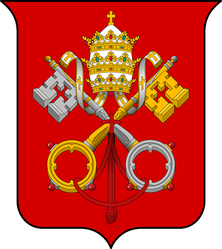
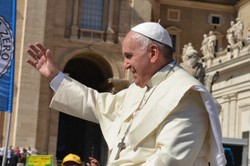
Comments
Ah! That makes a lot of sense. I knew that from a historical perspective, without having applied it to the situation. So that's what British churches once looked like? Wow! It really brings home to me what we lost.
The reason that the churches in Krakow are more colourful than churches in Britiain are is that we had the Reformation with all its iconoclasm and the Poles did not. In prereformation times we had colourful churches. The protestant zealots smashed the statues and destroyed images, rather like the Wahabis and Taliban do today.
There was real reverence for him on the streets of Krakow. It felt like something more than just a man - even if he was a Pope and about to be canonized - it felt like they were talking about a deity. But I'm not Catholic either, so perhaps I misinterpreted the reverence.
I'm not Catholic, so I guess it isn't surprising that I hadn't heard of him before now, but he has an interesting story. It's no surprise people in Poland take pride in him :)
They really were. They were nothing like the churches in Britain. The sheer array of colour was immense.
I agree. It must have been terrifying in Krakow at that time.
Those churches must have been amazingly beautiful.
I liked the bit where you wrote that there was a touch of the miraculous in his calling. What a frightening time.